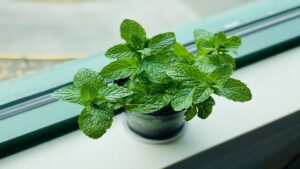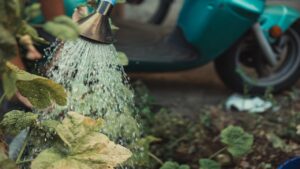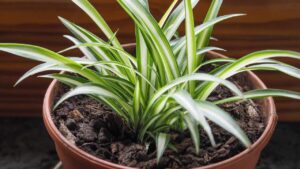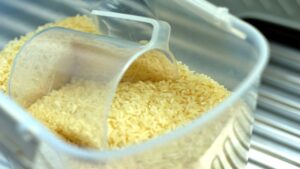The Trick of the Copper Wire Threaded Into the Stem of Tomatoes: the Experts’ Explanation Will Surprise You
For some gardeners, inserting copper wire into tomato plants is considered a super effective trick, while others believe it can lead to trouble. In particular, this technique is thought to help combat Peronospora, a plant disease that should not be taken lightly.
The copper wire threaded through tomato stem method

The term Peronospora refers to a plant disease caused by chromists, which are parasitic organisms. These organisms establish close anatomical and physiological relationships with plants, stealing trophic resources. If fungal infestations are left unchecked, they can significantly damage or even completely ruin months of hard work. And then goodbye harvest!
On the other hand, critics argue that inserting copper wire into tomato plants poses a risk of damaging the seedlings. This is because it creates a potential entry point for additional pathogenic elements.
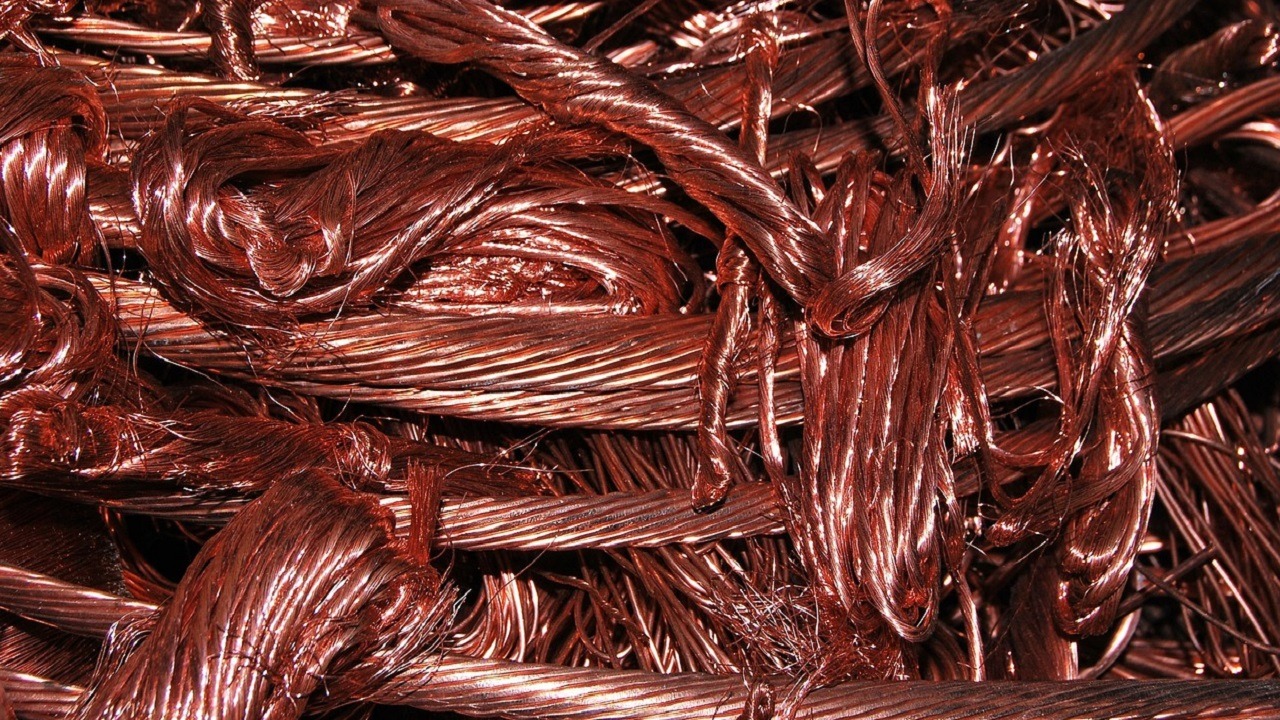
So, is it worth applying or not? We prefer that you establish this, perhaps with a direct test, to be carried out at your own risk. The process is easy and within the reach of even beginners with little familiarity with this type of operation. Try to stick to the steps that we will now indicate and you should not encounter any particular difficulties.
If you’re inclined to experiment, limit your trials to young plants with soft stems. If the method proves effective, it is likely to work well with a specific group of species. However, with those that are a little “old”, it will leave a lot to be desired.
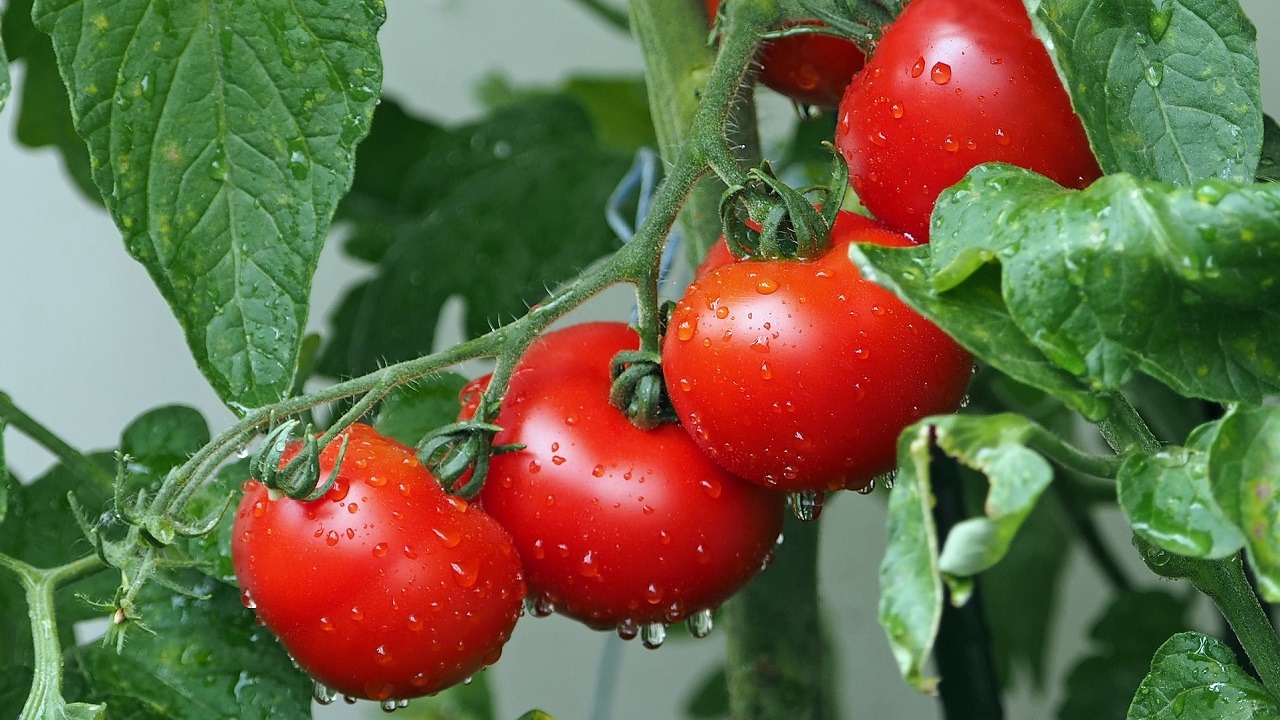
First, find some copper wire, preferably the kind used by electricians, and cut it to a length between 5 and 8 cm. Next, remove the plastic sheath to expose the individual threads. Then, find a medium to large-sized sewing needle.
Thread the copper wire through the eye of the needle, to be placed in the stem of the tomato plant, passing through it thoroughly. Then, remove the needle, leaving only the copper wire embedded in the stem. The idea is that the plant absorbs copper from the wire, potentially strengthening the crop, such as the tomato plant, and preventing the formation of diseases like Peronospora.
